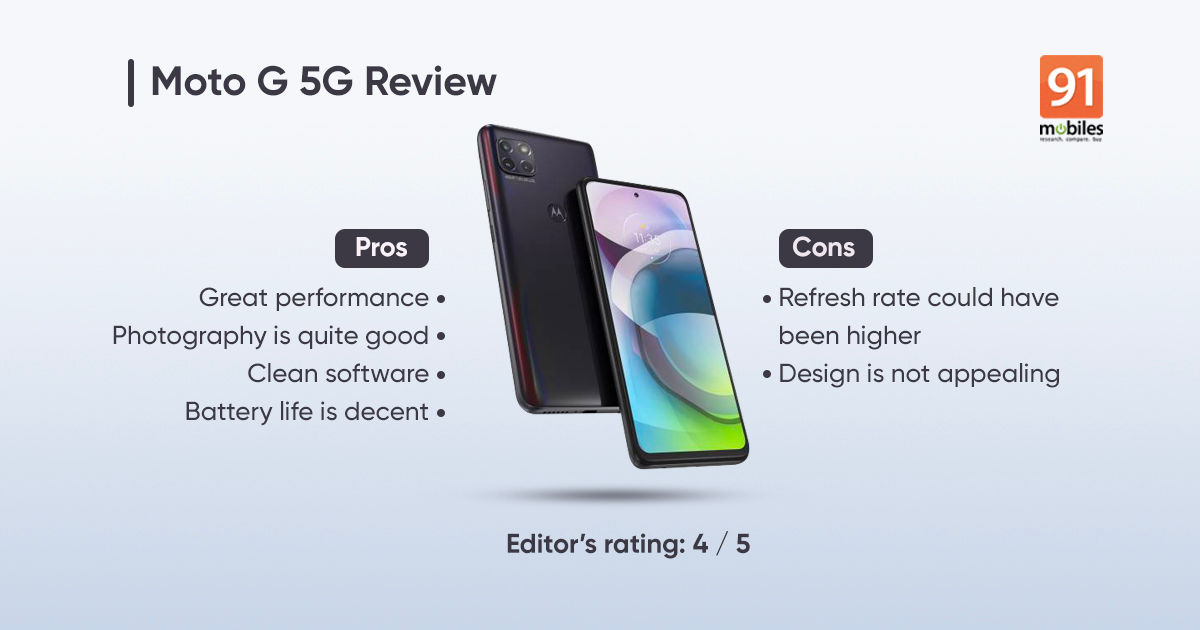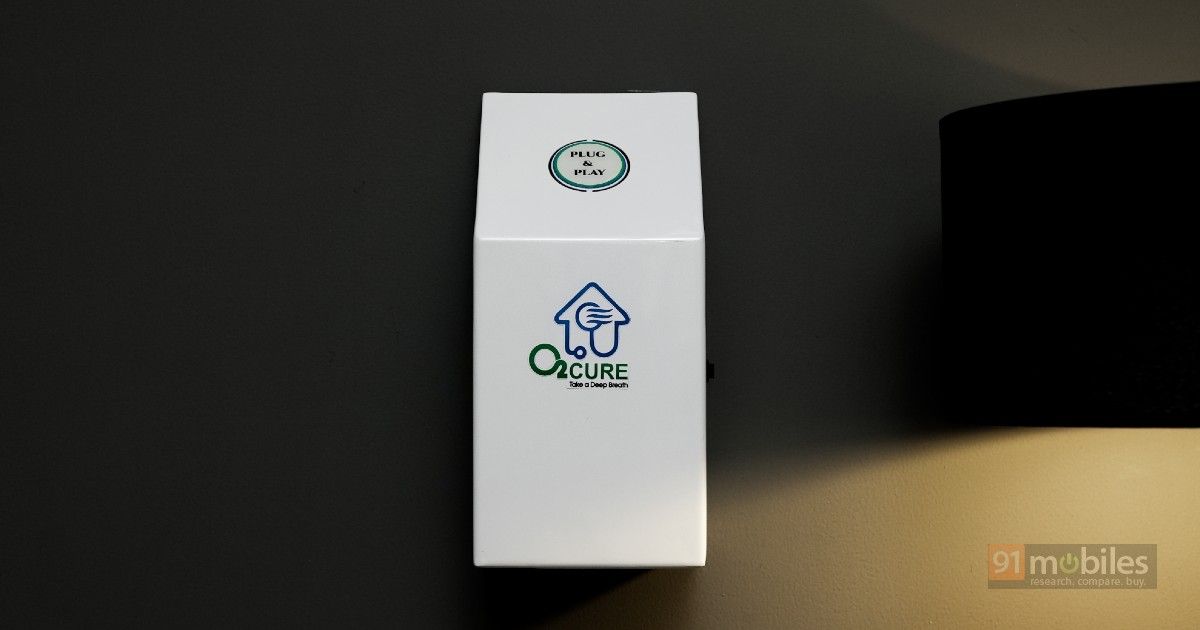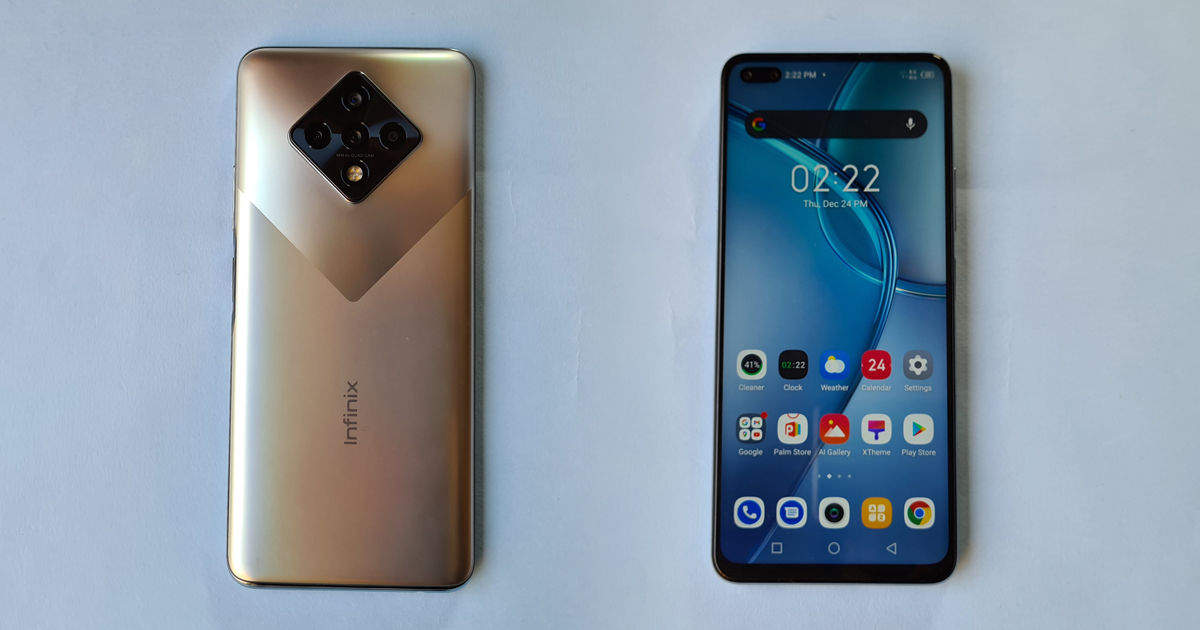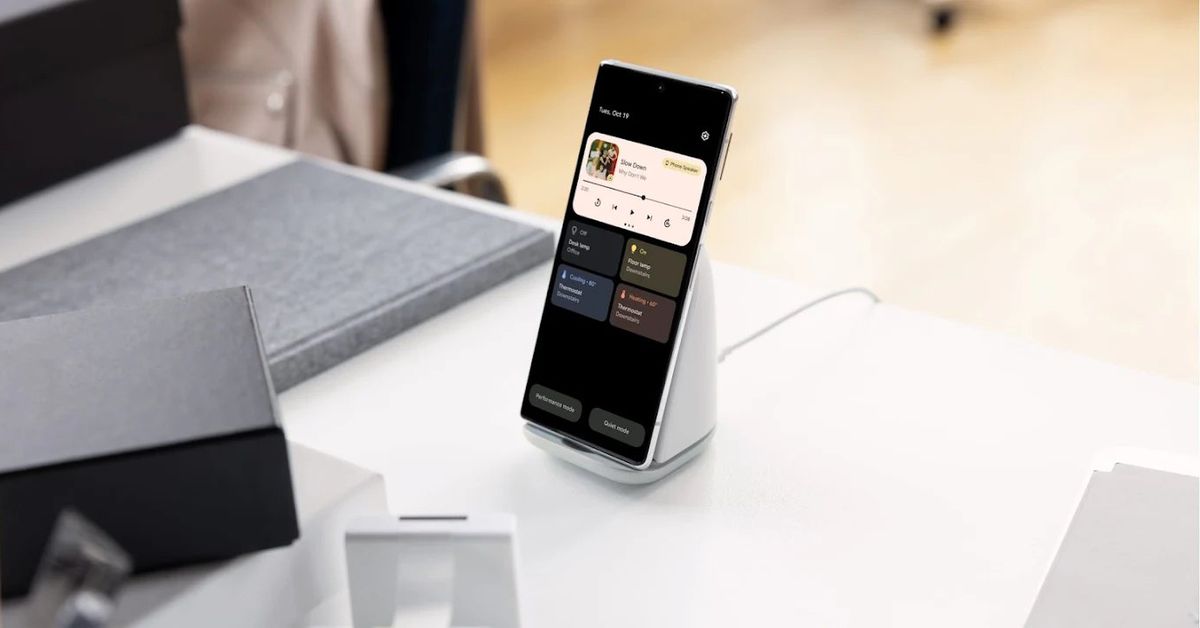LG Wing review: I believe I can fly

I’ve always had a soft spot for LG phones. As someone who still swears by wired earphones, LG flagships always roped me in with their dedicated quad-DAC pizazz. Despite that, the handsets struggled to stand out and appease the masses, in part due to their uninspiring designs, sub-par cameras, scarce software updates, or all the above. Which is why, to say that LG turned a new leaf in 2020 would be a bit of an understatement. Not only did the company launch smartphones with an attachable secondary screen to mimic foldables, but recently, the brand unveiled the LG Wing which is the only Android phone to ship with a swiveling display. It goes without saying that the LG Wing commands a premium so in this review, let’s see if it’s anything more than a statement piece.
Table of Contents
Verdict
The LG Wing is arguably, the most innovative phone launched in 2020. It goes without saying that innovation doesn’t come cheap and correspondingly, the Wing costs a premium too. Unfortunately, the phone’s unique design is held back by its mediocre specs and poor software experience. As things stand, the Wing is best suited to smartphone connoisseurs and collectors.
Design
At a cursory glance, the LG Wing looks the part of any modern Android phone – it’s tall, enveloped in glass from both sides, and has a curvy front – nothing one hasn’t seen before. Of course, there’s more to the Wing than meets the eye, and the second you push the display towards the left, it swivels up and sits horizontally akin to a sidekick from yesteryears. And, that’s not all, as with the main display swiveled up, the bottom half of the phone reveals a smaller, secondary screen too.
Suffice it to say, the LG Wing is a technological marvel and a conversation starter. The phone will attract eyeballs every time you take it out of your pocket and swivel its screen up. What’s more, the swiveling mechanism feels really solid and the display unsnaps and reels back into position with a satisfying click. The swiveling motion is buttery smooth too and I can tell LG has put in a lot of hours understanding the optimal amount of friction to guide the display up and down seamlessly.
As glamorous and eye-catchy the phone looks with its main display swiveled up, the Wing looks just as good in ‘normal’ mode. The handset has been constructed in entirety using glass and bears a stunning frosted matte finish on the back. That said, the phone is quite slippery, so I’d suggest you always use the bundled case with the phone. Do note that the case doesn’t cover the main display, as it would hinder the swiveling mechanism. Consequently, you might have to baby the Wing if you want to avoid frequent trips to the service centre.
Speaking of which, one can’t help but wonder whether the Wing will stand the test of time or not. To that note, LG claims the Wing’s display can be swiveled 200,000 times and therefore, the phone should last you a good while. It doesn’t take a genius to figure out that the Wing isn’t meant for one-handed use either. In fact, weighing in at 260g, the Wing is going to work your wrists quite a lot, so be wary of that before adding the phone to your cart. Thankfully, the Wing offers excellent weight distribution across its chassis, and even with its main display propped up, I never found the phone to be top-heavy.
Obviously, the LG Wing’s unique form factor comes at the cost of other novelties. For one, the smartphone doesn’t have a traditional selfie shooter and instead, features a pop-up selfie camera. As a result, the LG Wing lacks facial recognition and instead, relies solely on its sub-par in-display fingerprint sensor for biometric authentication. Furthermore, it’s unlike LG to ship a phone without a headphone jack but in the case of the Wing, the company had to omit the beloved analogue port to make room for other components. Lastly, unlike phones retailing in the same price bracket, the LG Wing doesn’t ship with IP68 certification and instead, settles for IP54 rating.
Display
The LG Wing is a rather unique dual-screen phone, and the handset comprises a main 6.8-inch, p-OLED full HD+ panel which works alongside a smaller, 3.9-inch OLED screen. While you can open pretty much any app on the Wing’s assisting display, most users will primarily interact with the bigger, 6.8-inch screen. To that extent, the main display is stunning to look at and offers satisfactory viewing angles, ample brightness, and deep, dark blacks. The panel also comes with WideVine L1 certification and therefore, can stream shows from popular OTT services in HD resolution. Add to that the phone’s notch-less display, and viewing media on the LG Wing is a treat to the eyes.
That’s not to say that the displays on the LG Wing are perfect. For one, despite its lofty price tag, the LG Wing doesn’t support HDR playback on apps like Netflix. More importantly, the panels are capped at 60Hz and consequently, UI animations appear jarring on the phone. Quite frankly, the screen’s conventional refresh rate, coupled with the phone’s mid-tier SoC makes the Wing appear slower than it actually is, thereby taking away from the experience of using the phone on a day-to-day basis.
Display use cases
Clearly, LG went all out with the Wing’s design which begs the question – what can you even do with the phone’s displays? Unfortunately, not much but, allow me to walk you through some use cases I found quite nifty. First and foremost, you should know that the Wing gives users the option to either run two different apps or one single app on its dual-screen interface. While the first option is self-explanatory and will appease multitaskers, the second implementation is a bit of a hit and a miss and allows some apps can extend over to the smaller, secondary screen. For instance, when using YouTube, the secondary display will showcase a bunch of useful media controls, including sliders to increase or decrease the screen’s brightness, etc.
In a similar fashion, opening the camera with the main screen swiveled up will launch the camera app in gimbal mode and select games like Asphalt 9 also make use of the secondary screen to show the map, etc. Unfortunately, most apps don’t play well with the Wing’s dual displays and while you can keep your fingers crossed for better dev support down the line, the fact of the matter is that the Wing isn’t a mass-market product. Ipso facto, it will take a lot of convincing on LG’s part to get the devs to back the Wing.
That said, running two different apps on the Wing opens a lot of new ways to multitask on the phone. For instance, you can watch a movie on the main screen, and chat with your friends on a social media app on the smaller display. You can also play a game on the bigger screen and have Discord running on the smaller one to monitor your chat, etc. The Wing’s dual-screen also makes it easy to take notes whilst watching a video or reading an article online.
Much to my dismay, there are some pitfalls to this approach. For one, some apps don’t properly scale to the Wing’s smaller secondary screen. Moreover, you can’t use third-party keyboards on the tinier display to input text in an app open on the bigger display. So, if you use GBoard or Swiftkey and want to use the entirety of the secondary screen as a keyboard, I have some bad news for you.
Cameras
Much to my surprise, the LG Wing ships with a decent set of cameras, and towards the back, the handset gets a 64MP main sensor which works alongside a 13MP ultra-wide sensor and a 12MP Gimbal Motion Camera. For selfies, the handset gets a 32MP selfie shooter up front.
Specs aside, the Wing also offers two different camera apps and automatically switches between them depending on the phone’s orientation. Consequently, should you open the camera app with the display swiveled up, you will be greeted to the phone’s Gimbal mode wherein, the smartphone will only use the 12MP Gimbal Motion Camera. The Wing’s smaller display is used as a grip and sports all the necessary buttons, including a joystick to pan the camera left and right along with separate toggles to record a video or capture a photo. As fun as the apparatus is, I will admit, the footage leaves much to be desired. For one, the phone can only record 1080p videos in 30fps when in Gimbal mode. Secondly, you’ll need ample lighting as the phone introduces a lot of grain in the clips in lowlight conditions. Finally, the footage is not as stable as I would’ve liked it to be and the camera takes a while to adjust to the scene when switching from a dark to a bright environment.
Moving on, the 64MP shooter on the LG Wing is quite capable and can squeeze a ton of details from a scene. That said, in typical LG fashion, the Wing plays down the contrast and mutes the colours a tad too much for my liking. Consequently, lush green leaves appear dried when shot through the lens of the LG Wing. You can turn on the phone’s HDR to address the same, however, that too is a bit of a hit and a miss if you ask me. At times, the HDR processing is too aggressive – so much so, the resulting image looks doctored. As an example, you can look at the shot of the society adjacent to mine and here, the LG Wing has introduced a fake blue colour in the sky.
In a similar fashion, the LG Wing struggles to control bright sources of light in lowlight scenarios and introduces a halo effect in the composition. The phone does bring out ample details from the shadows, but the images lack the polish you’d expect from a phone costing upwards of Rs 60K. Thankfully, selfies taken from the phone look great and offer satisfactory sharpness and natural-looking skin tones.
All things considered, the LG Wing’s cameras, albeit feature-rich, could offer much better results with the correct software tweaks. To that note, the phone does come with level 3 support for Google’s cam2api, and correspondingly, you can expect the phone to output better images should a Gcam port for the same be made available down the line.
Performance, Battery Life and Software
The LG Wing is backed by Qualcomm’s Snapdragon 765G processor which works alongside 8GB of RAM and 128GB of built-in, user-expandable storage. Clearly, the Wing won’t offer buyers the most bang for the buck performance, but, as established previously, the 765G can hold its own and is a fairly capable chip. I didn’t come across any major issues with the performance of the phone per se – apps opened quickly, multitasking was fluid-ish and I could even push the graphics presets on my favourite mobile games and still get serviceable frame rates. The phone did slow down every now and then, and a faster CPU would’ve been ideal to power the phone’s dual-screen setup but most users will be content with the Wing’s day-to-day performance.
I should add that the LG Wing offers quite possibly, the best haptics I’ve used on any phone yet. Typing on the phone is a fantastic experience and I hope more OEMs work on bettering the vibration feedback on their devices. Furthermore, the Wing offers a really loud mono speaker too, which is good enough to watch movies and videos on the go.
As for software, I won’t beat around the bush at all – I’m not the biggest fan of the company’s custom skin. For one, the LG Wing still runs Android 10 out of the box when the competition has already ported over to Android 11. Moreover, the company’s track record doesn’t instill a lot of confidence in me and I doubt the handset will get more than one major Android update. Then, there are the unnecessary add-ons you get with the custom skin. For instance, you’d assume deleting an app would remove the software from your phone, right? Well, on the Wing, you must remove it from the App trash too. Thankfully, the phone doesn’t ship with a lot of bloatware but between the limiting customisation options and the interface’s archaic aesthetics, LG phones are long overdue for a software overhaul.
Final Verdict
The LG Wing costs Rs 69,999 in India and for the price, the smartphone offers what is quite possibly the most innovative design we’ve seen in all of 2020. To do so, LG had to naturally cut some corners and while I am not going to fault the company for using a mid-tier SoC, the brand could’ve offered better cameras, a higher-refresh rate screen, and most importantly, Android 11 with the smartphone. I would’ve also liked to see better support for the Wing’s dual-screen apparatus because as things stand, the displays hold a great deal of potential albeit offer extremely limited use cases.
If you can stomach the Wing’s price (and its compromises), then by all means, go for it – you won’t get a more unique phone anytime soon. For everyone else, there are a plethora of phones in the market which will offer a better bang for your buck.
Editor’s rating: 3 / 5
Pros:
- Unique, never-seen-before design
- Stunning display and loud mono speaker
- Capable selfie camera
- Wireless charging
Cons:
- Mid-tier specs
- 60Hz display
- Main camera needs work
- Still boots Android 10







